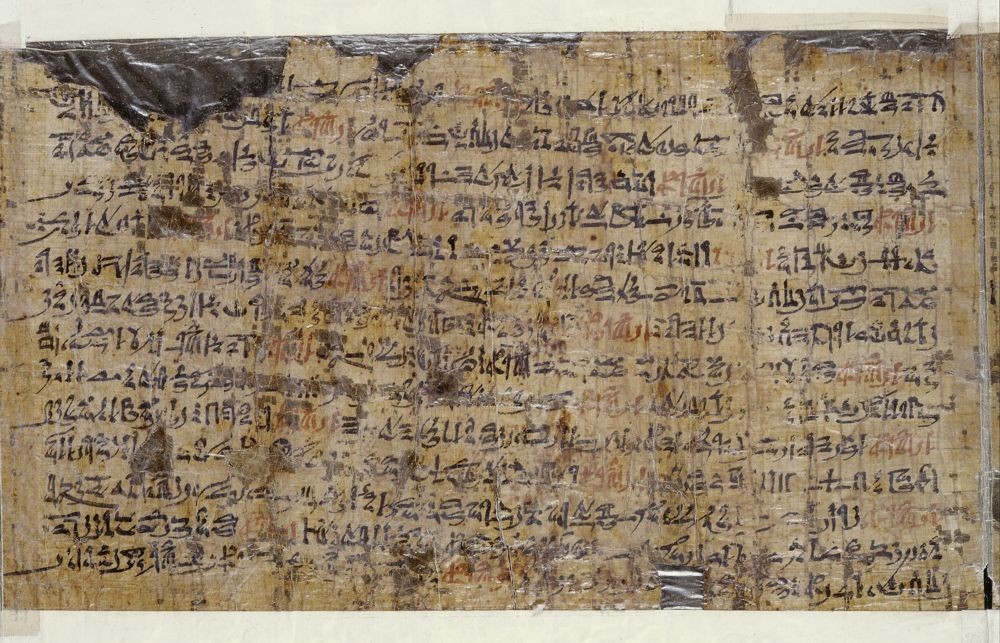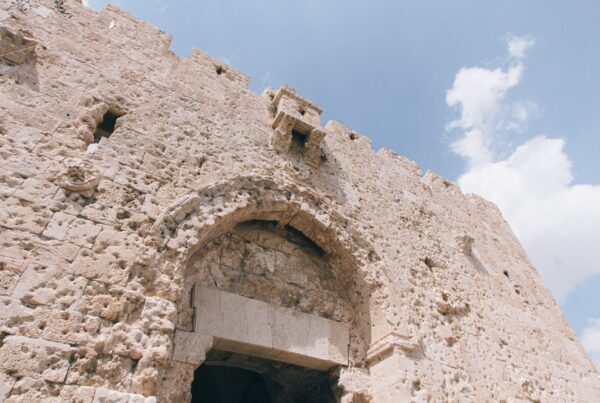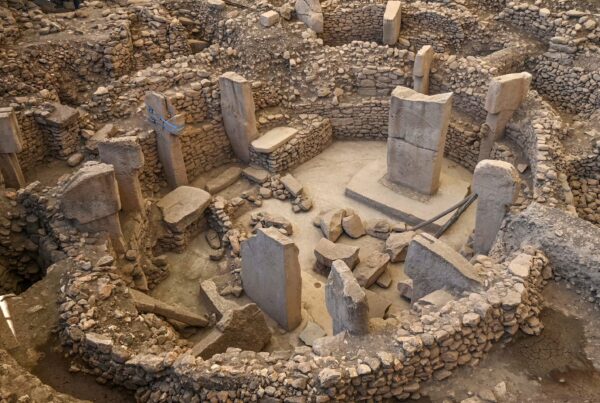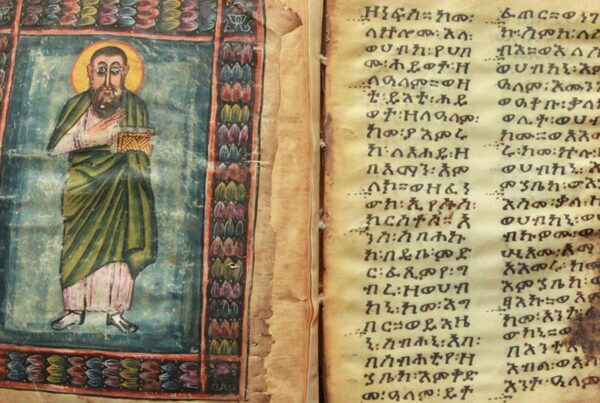The Bible Discovered: Unearthing Evidence for the 10 Plagues in the Ipuwer Papyrus
Many people dismiss the Exodus story, suggesting it is merely a mythical tale without historical backing—claiming there was no Moses, no Red Sea crossing, and certainly no Plagues of Egypt. However, archaeological evidence exists that strongly supports the reality of these events, found within an ancient document known as the Ipuwer Papyrus.
What is the Ipuwer Papyrus?
The Ipuwer Papyrus is a small piece of papyrus, sometimes called the Papyrus Leiden 344, which is currently located in a museum in Leiden, Netherlands. This ancient document describes catastrophes—dare we say plagues—that befell ancient Egypt.
What is truly amazing is how strikingly similar these descriptions are to the events recorded in the Biblical book of Exodus. The author, Ipuwer, whose name appears on the document, was a poet. Many scholars believe, based on the style of the writing, that he was an eyewitness to the catastrophes taking place in his country.
While scholars debate the exact date the papyrus was written (estimates range from around 1550 BC to 1290 BC), some scholars suggest that the style of writing points to a date around 1440–1450 BC. Intriguingly, this time frame fits precisely with the dating of the Exodus derived from the Holy Scriptures. Based on 1st Kings 6:1, which states that the temple construction began 480 years after the Israelites left Egypt, the Exodus is estimated to have occurred around 1440 BC.
Ten Catastrophes Parallel the Biblical Plagues
The Ipuwer Papyrus, written in Egyptian hieratic script, lists ten specific disasters that occurred in Egypt, echoing the ten plagues:
- The River Turned to Blood and Thirst: Ipuwer writes: “There’s blood everywhere…Lo the river is blood”. This directly parallels the account in Exodus 7:20–21 where the Nile turned to blood, killing fish, and making the water undrinkable. Consequently, Ipuwer notes that “One thirsts for water,” mirroring Exodus 7:24, where Egyptians had to dig along the Nile to find water to drink.
- Destruction of Crops and Trees: Ipuwer describes a massive destructive event: “Lo, trees are felled, branches stripped”. This is followed by the observation that “Lo, grain is lacking on all sides”. This strongly aligns with the plague of hail (Exodus 9:24), which “broke every tree of the field” and struck down crops like flax and barley. Furthermore, the papyrus states, “Birds find neither fruit nor herbs,” which makes sense if trees were felled and the grain destroyed. This destruction continued when locusts consumed “all the plants in the land and all the fruit of the trees that the hail had left,” ensuring “Not a green thing remained” (Exodus 10:15).
- Widespread Death and Burial: The papyrus records: “Groaning is throughout the land, mingled with laments”. This matches the grief following the Passover plague, where there was “a great cry in Egypt, for there was not a house where there was not someone dead” (Exodus 12:30). Ipuwer also mentions the immense burial effort: “Lo, many dead are buried in the river, the stream is the grave,” and “he who puts his brother in the ground is everywhere”. The Bible corroborates this mass burial of the firstborn (Numbers 33:4).
- Egypt in Ruins: The devastation was so complete that Ipuwer declared, “All is ruin!”. This sentiment was shared by Pharaoh’s own servants, who urged him to let the Israelites go, asking, “Do you not understand that Egypt is in ruin?” (Exodus 10:7).
- Pitch Darkness: Ipuwer states, “The land is without light”. This parallels the plague where pitch darkness covered all of Egypt for three days (Exodus 10:22–23). Importantly, this disaster may have been a direct attack against the Egyptian sun god, Ra, who was a god of light.
- The Plundering of Egypt: Perhaps the most compelling parallel is found in Ipuwer’s description of wealth being transferred: “Gold and lapis lazuli, silver and malachite… are fastened on the neck of female slaves”. It is highly unusual for slaves to be adorned with precious metals and stones. This strange occurrence is explained in Exodus 12:35–36, where the Israelites asked the Egyptians for silver and gold jewellery and clothing, and the Lord gave the people favour, leading the Israelites to “plunder the Egyptians”. Ipuwer appears to be describing the exact moment the slaves (the Israelites) were wearing the wealth of Egypt as they prepared to leave.
The Ipuwer Papyrus is one of the most amazing archaeological discoveries supporting the Bible. It shows that the events of the Exodus are not made up bedtime stories, but actual events that occurred in world history, reinforcing the belief that the Word of God is true.




